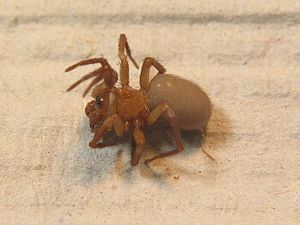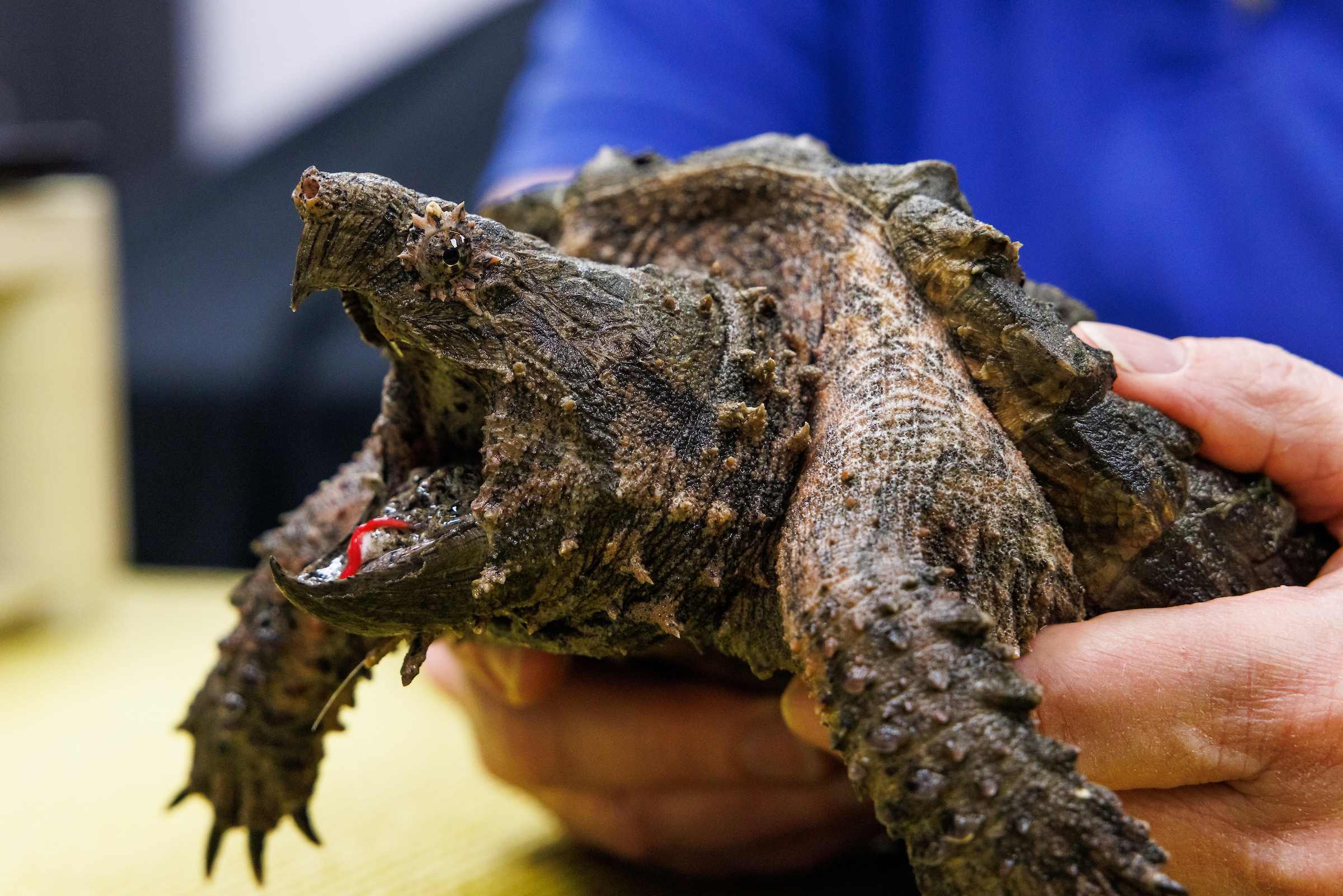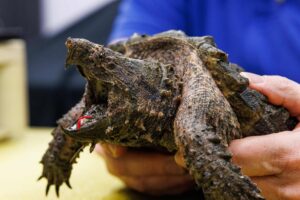When delving into the enigmatic world of arachnids, few species capture the imagination quite like Cicurina cicur. This rare and elusive spider, often found in the subterranean habitats of Europe, offers a unique glimpse into the adaptations and mysteries of life in darkness. Here, we explore fascinating facts about this captivating creature.
Taxonomy and Classification
Cicurina cicur belongs to the family Nesticidae, commonly known as the dungeon spiders. Relatively less known than their more flamboyant cousins, these spiders thrive in caves and dark, moist environments. The genus Cicurina encompasses several speleological (cave-dwelling) species, predominantly characterized by their troglomorphic adaptations—features that have evolved specifically to adapt to life in complete darkness.
Geographical Distribution
This species is primarily found in the intricate cave systems of Italy, particularly across the regions of Tuscany and the Apennines. The restricted geographical distribution enhances its rarity, as the survival of Cicurina cicur is closely linked to the integrity of these unique subterranean ecosystems. Over time, environmental changes such as pollution and habitat destruction pose threats to these precious habitats.
Physical Characteristics
One noteworthy aspect of Cicurina cicur is its distinct physical adaptations to a life without light. One of the most striking features is its complete lack of pigmentation, resulting in a translucent body that allows it to blend seamlessly with its surroundings. This adaptation not only helps in evading predators but also plays a role in thermoregulation within the cold cave environments.
Additionally, Cicurina cicur possesses elongated appendages. Its legs can be surprisingly long in proportion to its body size, which is advantageous for navigating the uneven surfaces of cave floors. These adaptations reflect the evolutionary pressure experienced in isolated cave ecosystems, where survival depends on unique physical traits.
Behavioral Adaptations
While many spiders are known for their web-building proficiency, Cicurina cicur employs a different tactic. Instead of constructing intricate webs, this spider primarily relies on its ambush capabilities. It often hides among crevices in the rock formations or under leaf litter, waiting for unsuspecting prey to wander by. This behavior illustrates a significant ecological adaptation: the spider does not only rely on visual cues but also on vibrations and olfactory signals to detect potential meals.
Diet and Hunting Strategies
The diet of Cicurina cicur mainly consists of small invertebrates, including insects and other arthropods. Its predatory approach emphasizes stealth and strategy. By blending into its dark surroundings and using minimal movement, the spider increases its chances of capturing prey. The absence of natural light in caves requires heightened reliance on other senses, such as touch and smell, which Cicurina cicur has mastered.
Reproductive Habits
Like many spiders, Cicurina cicur exhibits a fascinating reproductive cycle. Females are larger than males, a common trait in arachnids known as sexual dimorphism. Mating typically occurs in the spring, with ornate courtship behaviors observed. Males perform a series of choreographed movements to entice females, highlighting the intricacy of mating rituals, even in the dark depths of caves.
After successful mating, the female lays her eggs in silk sacs that she carefully hides in crevices to protect them from potential threats. The incubation period can vary depending on environmental conditions, but young spiders emerge to face the challenges of a subterranean existence, starting the cycle anew.
Conservation Status
Currently, Cicurina cicur is listed as a species of concern due to its limited range and habitat specificity. Cave ecosystems are incredibly sensitive; even minor environmental disturbances can have catastrophic effects. Pollution, tourism, and climate change not only threaten the intricate balance of these systems but also jeopardize the survival of specialized species like Cicurina cicur. Conservation efforts are critical to protect these fragile environments and ensure the future of such remarkable biodiversity.
Role in Ecosystem
Cicurina cicur plays a pivotal role in its ecosystem. As both predator and prey, it contributes to the intricate food web of cave systems. By controlling populations of small invertebrates, it helps maintain ecological balance. Additionally, its presence indicates a healthy cave ecosystem, serving as a bioindicator for assessing environmental health.
Conclusion
The Cicurina cicur spider, while small and often overlooked, is a testament to the wonders of adaptation and survival within isolated ecosystems. Understanding this rare species not only enriches our knowledge of arachnids but emphasizes the importance of preserving their environments. The complexities of its life cycle, behaviors, and adaptations reflect a remarkable interplay with nature that invites further study and appreciation. As we continue to explore the depths of our planet, let us remember the hidden gems like Cicurina cicur that dwell in the shadows, reminding us of the rich tapestry of life that exists beneath the surface.








